Each month, dozens of new films are added to the Criterion Channel. While the rich selection of feature-length classic and independent films obviously gets a lot of well-deserved attention, I wanted to shine a little light on some of the short films. I believe that shorts should get a lot more attention than they typically do—they are breeding grounds of experimentation and non-traditional storytelling, and often are important outlets for marginalized voices.
June’s slate is fairly slim, but there were still plenty of things to talk about! The additions were headlined by a collection of films by avant-garde filmmaker Curtis Harrington and an early film by cinephile darling Bong Joon-ho. Also new to the channel are short documentaries by Sean Price Williams, Monique Walton, George Nierenberg, and Shikeith Cathey (under the mononym Shikeith).
While this article is exclusively focusing on short films that are on Criterion Channel, I’m also keeping track of all of the short films I watch in monthly Letterboxd lists, whether on Criterion Channel or elsewhere. I’ve listed the streaming service that I watched them on, with the films that I talk about in this article marked in the notes with two asterisks. Feel free to follow me and the lists on Letterboxd and feel free to reach out to me on Twitter if you want to discuss any of the films. Without further ado, let’s get into the films!
“Short Films by Curtis Harrington” (1942–2002, 120 minutes)
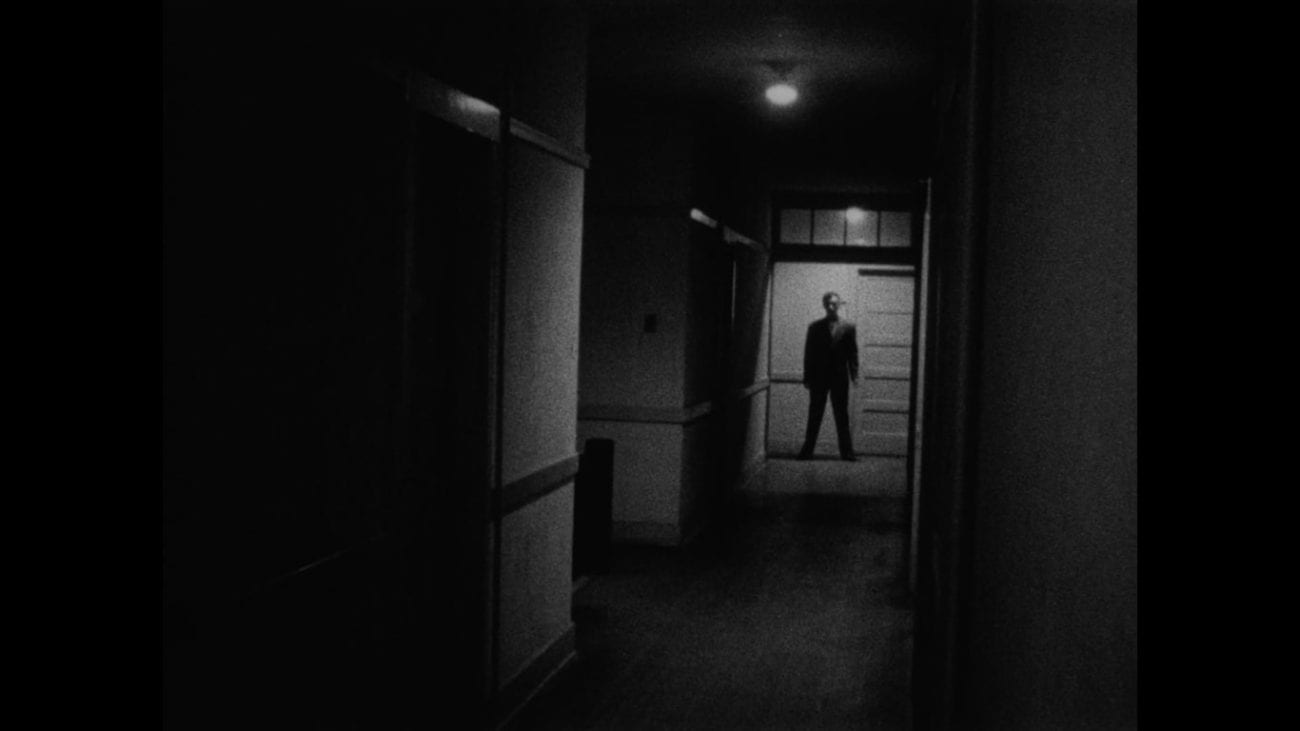
I’m going to do something different to start off, because Harrington’s films are wonderfully representative of larger trends in mid-twentieth century avant-garde film. So instead of picking a single film, I’m going to talk a little about the collection—and by extension the trajectory of both Harrington’s career and avant-garde film—as a whole.
I have written previously about a subgenre of avant-garde film called trance film. Typified by early films by Maya Deren and Kenneth Anger, the form gets its most extensive theorization in P. Adams Sitney’s book Visionary Film. Sitney only briefly touches on Harrington a handful of times in Visionary Film, but he does describe both Fragment of Seeking and Picnic as “pure examples” of trance films [1].
Sitney characterizes trance films by stating that “its protagonists are somnambulists [sleepwalkers], priests, initiates of rituals, and the possessed. […] The protagonist wanders through a potent environment toward a climactic scene of self-realization. The stages of his progress are often marked by what he sees along his path rather than what he does” [2]. He also says that they are “cast in the form of a dream beginning and ending with images of its hero as a sleeper; finally, the protagonist is the passive victim of the action of the film” [3]. Sitney also demonstrates that filmmakers who started out with trance films typically progressed to directing mythopoeic films, which he describes as “the making of a new myth or the reinterpretation of an old one.”
It is certainly the case that Deren and Anger followed this trajectory, and interestingly, I think that a pretty clear demarcation line can be drawn in Harrington’s films between his trance and mythopoeic films by looking at the films on Criterion Channel that are in black-and-white versus those that are in color. The black-and-white films—The Fall of the House of Usher, Fragment of Seeking, Picnic, and On the Edge—are generally representative of trance films, while his 1950s color films—The Assignation and The Wormwood Star—are generally more representative of mythopoeic films.
Fragment of Seeking is an almost perfect trance film. The protagonist blankly wanders through a labyrinthine series of streets and hallways in pursuit of a woman he had seen. He seems unhappy with his appearance as he stands in front of a mirror. Mirror imagery is frequently found in trance film. Regarding Maya Deren’s Meshes of the Afternoon, Sitney writes that “Deren, with her hands lightly pressed against the window pane, embodies the reflective experience, which is emphasized by the consistent imagery of mirrors in the film” [4].
The protagonist then lies down to go to sleep—an important narrative aspect of the trance film—before apparently being woken up by a knock at the door. When he wakes up, he spots the girl down the hallway; however, this time we don’t see her face. She is almost specterly as she maneuvers through the hallways, always just out of his reach.
When he does catch up to her to see her face, she leans in to kiss him before turning into a skeleton. The image of the faceless girl and a sudden skeleton recur in other Harrington works: in Picnic and Usher, respectively. Now the skeleton haunts him at every turn. He encounters the body of a man who had also been courting the woman slumped over at a table, before noticing some footprints leading away into a doorway. Inside the door he encounters what appears to be a double of himself sitting in a blonde wig. Doubles are another common feature of trance films, especially in Deren’s films. My reading of the conclusion is that the protagonist murdered the woman and the man, and the protagonist’s “climactic scene of self-realization” is that he finally realizes that he—or at the very least his doppelgänger has committed this act.
Trance films often take the form of a psychodrama, which Sitney describes as films where the filmmaker portrays the protagonist in a “quest for sexual identity” [5]. This is obviously the case in Fragments, where (uncredited) Harrington plays the lead. Harrington’s identity as a queer filmmaker adds another layer to the final revelation of sexual identity, especially since he crossdresses in several of his films, including in Fragments.
On the flip side are his later films The Assignation and The Wormwood Star. A spectral figure rides through the streets of Venice before encountering and embracing a young woman. We are meant to interpret this figure as the embodiment of Death. Harrington goes a step further in The Wormwood Star by embracing even more occult imagery, much like his colleague and collaborator Kenneth Anger. I personally wouldn’t consider the documentary The Four Elements or Harrington’s much later Usher as examples of trance film or mythopoeia, but all of the films have interesting elements, and at almost exactly two hours for eight films, by far the longest of which is the slightly more conventional Usher, it doesn’t take too long to go through them.
Incoherence (1994, 30 minutes), dir. by Bong Joon-Ho
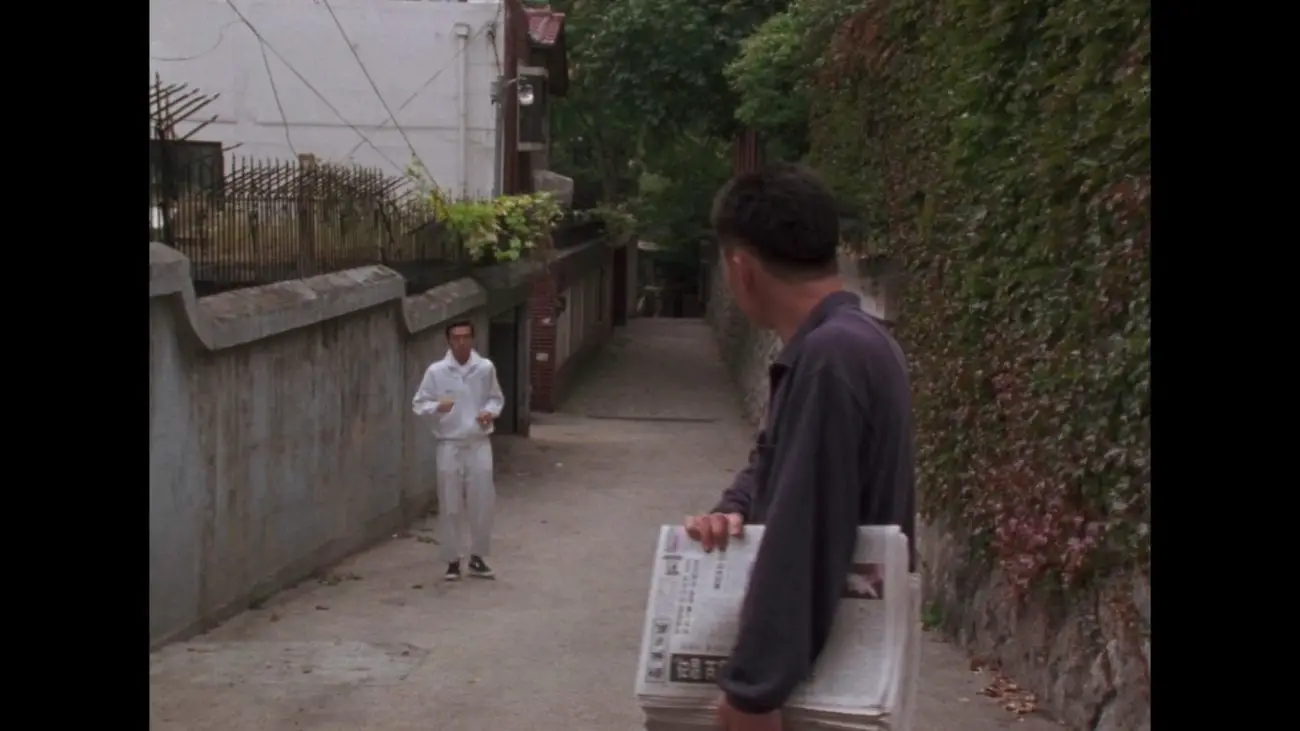
Bong’s characteristic eye for scathing satire and wit was evident all the way back in 1994. Incoherence was one of his earliest completed directorial efforts, but it’s nonetheless an entertaining look at morality and hypocrisy.
The film takes the form of three vignettes and an epilogue. The first of the vignettes are undoubtedly the funniest of the three, with a college professor forgetting that he left a porn magazine on his desk when he sends a student to his office to get some notes that he forgot to bring for the rest of the class. The professor has to run to catch the student before she discovers his misconduct. In the second, a jogger who has been stealing milk cartons on random doorsteps is chased by a paper boy that gets blamed. In the third, a man drunkenly wanders the streets after leaving a bar and looks for a spot to relieve himself.
While the audience doesn’t know what the characters in the later two stories do, the inclusion of the professor hints that these men might be more high profile than they may seem. It might initially seem like the “incoherence” of the title refers to the apparently unconnected stories, but in reality is about the disconnect between the words that the three men espouse and their actions. Coming just a few years after Tipper Gore’s PMRC hearings and at the height of daytime talk shows headlined by various moral panics, Bong’s satire strikes at the heart of 90’s culture.
About Tap (1985, 28 minutes), dir. by George T. Nierenberg
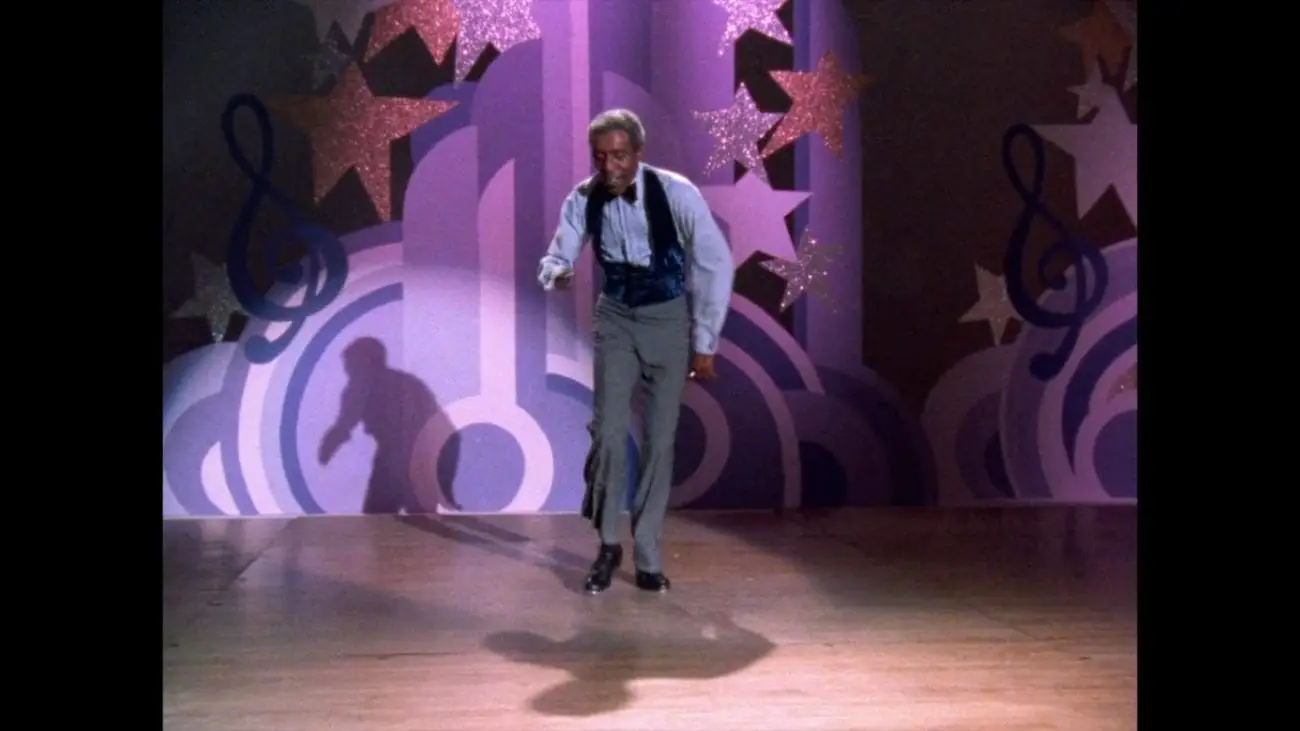
I generally like documentaries about slightly more niche topics, so a documentary short about tap dancing is right up my alley! The documentary showcases performances by three top tap dancers: Steve Condos, Jimmy Slyde, and Chuck Green. Interviews with the dancers are intercut into the performances, and the short is introduced by another prominent tap dancer, Gregory Hines.
Each of the dancers have a unique style. While Green was certainly entertaining to watch, he is dwarfed a little bit by Slyde and Condos. Slyde was especially mesmerizing to watch, as he almost looked like he defied gravity as he glided across the dance floor. Condos was also entertaining, and featured a very different dancing style; where Slyde was graceful and smooth, Condos was staccato and chaotic. Be sure to stay tuned for the credits, which play alongside a delightful trio performance.
#Blackmendream (2014, 39 minutes), dir. by Shikeith
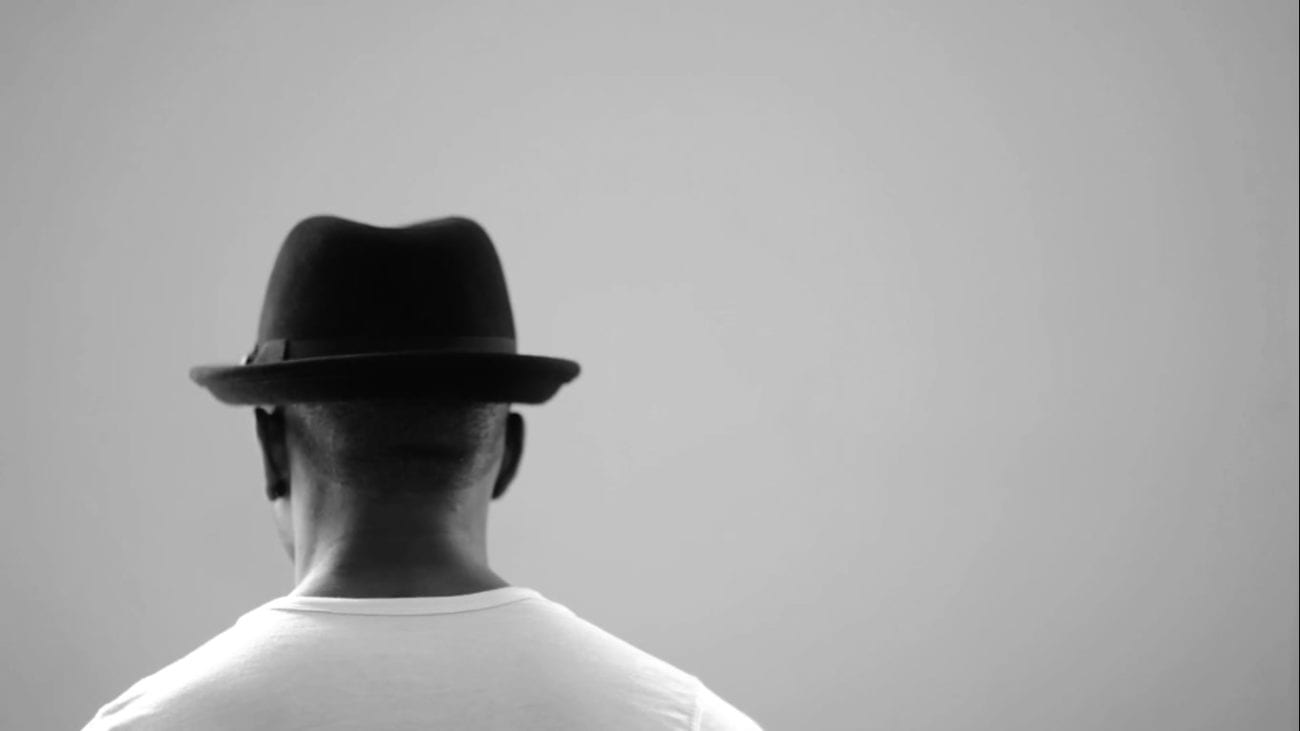
#Blackmendream is a powerful and essential documentary short. The film is framed by an interview with James Baldwin, who posits to the interviewer “People make a mistake. They think that the opinions of James Baldwin, because one has heard of him, are more relevant than the opinions of some black cat that you never have heard of and wouldn’t speak to if you did see him. Ralph Ellison told you a long time ago, long before I did, what it was like to be an invisible man.”
Shikeith literalizes this quote in the documentary by featuring interviewees telling the story of their experiences with their backs facing the camera. This gives the interviewees the opportunity to remain anonymous and speak frankly, but it also gives them no more—and no less—of a platform than anyone else. Because of their anonymity, their opinions are no less valid than James Baldwin’s.
The participants bare their souls, and often their bodies, to the camera. They talk about their fear of the police, their struggles with acceptance after coming out of the closet, and their lives. It can be a difficult watch, but it instills a radical empathy into the viewer.
Closing
This is just a taste of the newly added short films on Criterion Channel in May! What were some of your favorites? Was there a filmmaker whose filmography you’re excited to dive deeper into? I know that I have Curtis Harrington’s feature film Night Tide on my watchlist. Let me know in the comments or reach out to me on Twitter, and I’ll be back next month to look at some more Criterion Channel short films!
[1] P. Adams Sitney, Visionary Film: The American Avant-Garde 1943-2000, 3rd ed. (New York: Oxford University Press, 2002), 18.
[2] Ibid, 18.
[3] Ibid, 136.
[4] Ibid, 11.
[5] Ibid, 14.


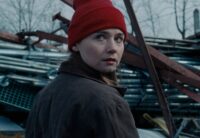
I don’t currently have access to the channel. The scene you describe in in Harrington’s short film, Fragments of Seeking (1946), where “The protagonist blankly wanders through a labyrinthine series of streets and hallways in pursuit of a woman he had seen.” was repeated in Harrington’s feature film Night Tide (1961). I always thought it mirrored similar scenes in both Cocteau’s Beauty and the Beast (1946) and Orpheus (1950).
That’s a great observation, Steve. On page 18 of Visionary Film, Sitney says that “Jean Coteau’s Le Sang d’un Poète is the model for [trance film’s] development,” so he was obviously a huge influence on trance films.